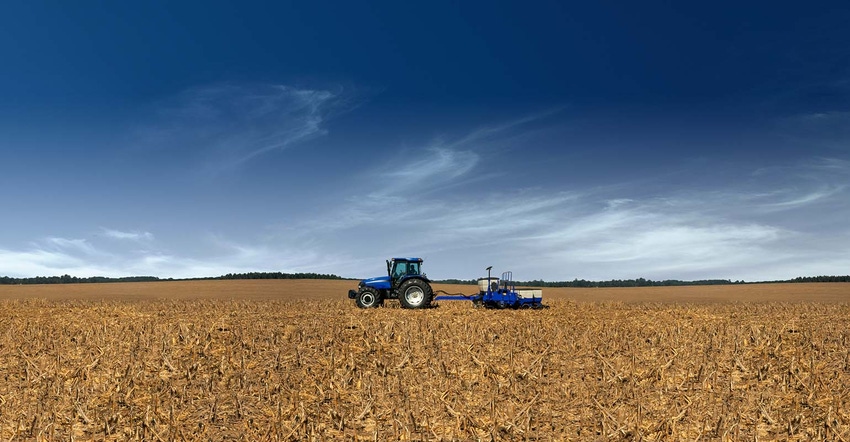January 17, 2020

So, here is where I left off last week:
Reduce corn and soybean planting population;
Return to dry fertilizer on the planter;
Test products/practices by taking test strips to yield;
Reduce tillage.
We are going to continue to cut back on planting populations of both corn and soybeans. Our high population corn only brought heartache and grief this year as it broke over during some wind events. Lower population soybeans had no statistical difference in replicated trials at both ends of our soybean plot. Other data shows similar results.
Lowering the soybean population should also reduce lodging and in turn speed up harvest as it is easier to harvest standing beans rather than having to try and pick them up off the ground and throw them into the header.
After harvest, I was trying to get some landlords to help clean up some overgrown fence rows. I mentioned to dad that if we didn’t get them cleaned up, I was going to have the prescription seeding map changed to reduce or not plant the area adjacent to these water and sun sucking borders. He told me he had read the same thing in one of the magazines. I guess we were on the same page. Why do we keep throwing money at areas of the field that we know won’t make a return? I’d be better off to mow or spray them a couple of times!
More difficult than expected
Our second goal of returning to dry fertilizer on the planter is turning out to be more difficult than we had anticipated. It’s simply a function that most modern planters are not built with dry fertilizer in mind. We have a good planter and don’t really want to spend money to ‘upgrade’ to a different model. So, we have a plan to move bulk fills and insert the dry box, but it still has to come together.
It also has to provide a quick return, which it should. Some dry products are half the price of their liquid counterpart. I haven’t given up on this, but details are going to have come quickly or the project will be pushed back another year.
Though we’re always best intentioned, farmers are some of the worst at taking test strips to yield. In the rush of harvest it just doesn’t happen. Probably half the time, the rush of spring and summer messed up the trial even before harvest. This year we are going to do better. We will try and put multiple trials in one area, and possibly plant short season hybrids/varieties so we are sure to have time to glean the data before harvest gets busy.
We are also considering hiring some plot work done to test hybrids/varieties; in the big scheme of things it isn’t terribly expensive and we can get replicated data on multiple sites. Good data has been non-existent the last few years.
Lastly, we want to reduce cost by reducing tillage. Seems like every time we start to go down this road we have a weather event that sets us back. We chiseled more acres last year than we have in a long time. Doing so has left us with more work in the spring, with an extra field pass. Our goal is to get to a rotation that includes strip-till and no-till. We want to reduce our labor demand as well as our machine maintenance.
It sounds so simple - but can we get there this time?
The opinions of the author are not necessarily those of Farm Futures or Farm Progress.�
About the Author(s)
You May Also Like






